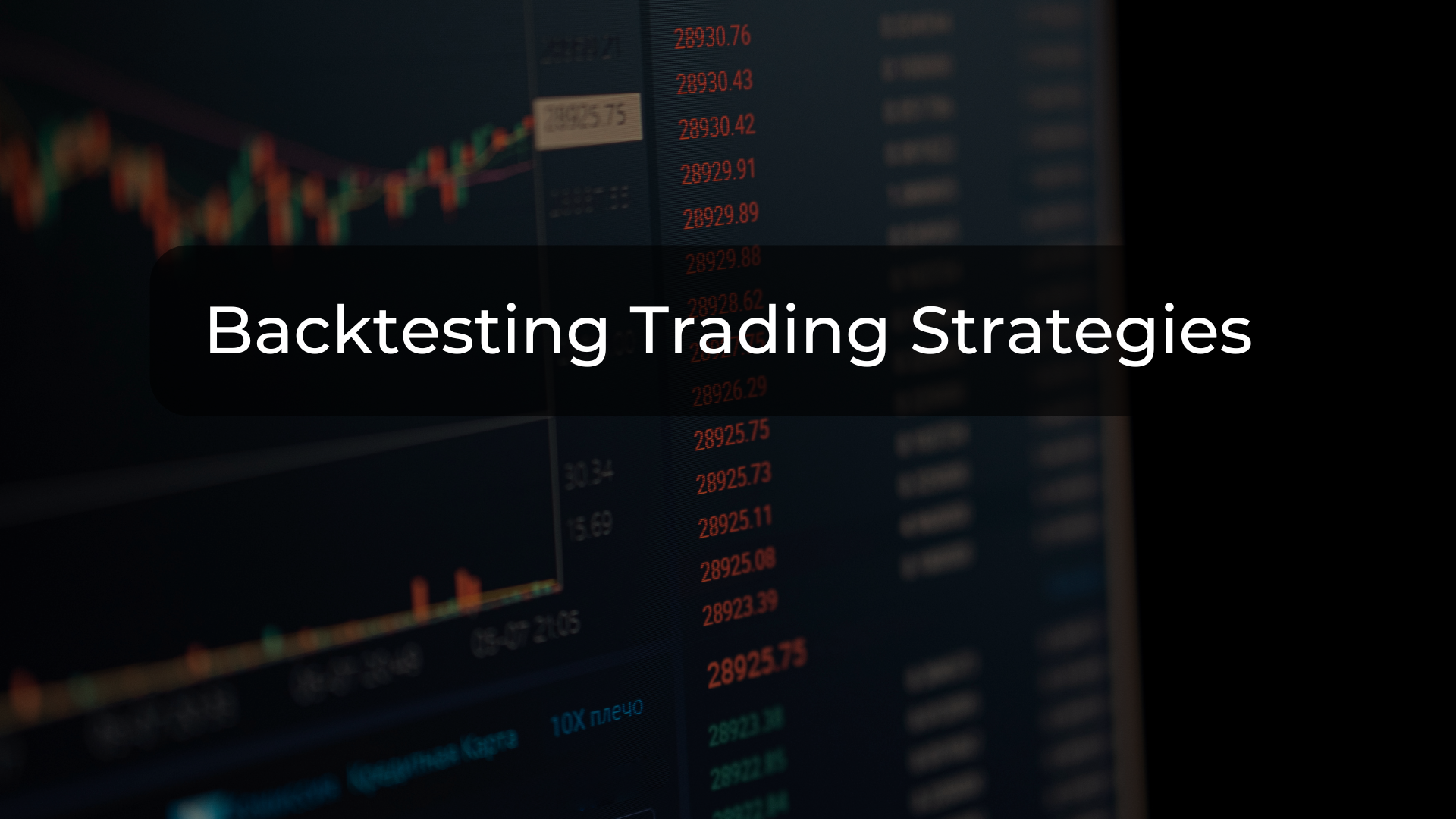7-Risk-Control-Tricks-Every-Successful-Algo-Bot-Uses
Algo Trading Specifics
In today’s fast-paced financial markets, algorithmic trading has transformed how retail and institutional traders execute their strategies. But with speed and automation comes the increased need for risk management. Building a risk-managed algorithmic trading strategy isn't just a best practice—it's essential to long-term profitability and sustainability.
Whether you're a beginner exploring automated trading or a seasoned trader looking to enhance your quantitative strategy, this guide will help you understand how to integrate risk control mechanisms into your algo workflows using smart, scalable tools.
Why Risk Management Matters in Algo Trading
Algorithmic trading leverages predefined rules, technical indicators, and automated execution to trade assets at lightning speed. While this can boost efficiency and remove emotional bias, it also exposes traders to amplified risk—especially if the strategy lacks built-in controls.
Common risks in algorithmic trading include:
Market volatility
Slippage
Overfitting of models
Lack of real-time monitoring
Excessive drawdowns
Without effective risk mitigation strategies, even the most promising trading algorithm can collapse under unpredictable market conditions.
Step-by-Step Guide to Build a Risk-Managed Algo Strategy
1. Define Clear Trading Objectives
Before jumping into code or tools, ask yourself:
What’s my risk tolerance?
Am I targeting high-frequency trading or positional setups?
Do I want to optimize for win-rate, risk-reward, or capital preservation?
Knowing your risk appetite sets the foundation for every rule your algorithm will follow.
2. Choose a Robust Backtesting Framework
QuantConnect
Backtrader
AlgoTrader
MetaTrader with Python integrations
Ensure your backtesting engine accounts for:
Slippage
Commission costs
Realistic order fills
Also, apply walk-forward analysis or out-of-sample testing to avoid overfitting.
3. Set Position Sizing Rules
Position sizing determines how much capital you risk per trade. Smart algorithms apply:
Fixed Fractional Position Sizing
Volatility-based Position Sizing
Kelly Criterion
Example: Risking 1–2% of total capital per trade ensures one loss doesn’t cripple your account.
4. Implement Stop Losses & Trailing Stops
Use algorithmic conditions to trigger stop-loss exits. Common techniques:
ATR (Average True Range)-based stop loss
Percentage-based trailing stops
Break-even exits after a certain profit point
This prevents holding onto losing trades and automates capital protection.
5. Diversify Across Assets & Strategies
Avoid putting all your capital into one setup. Smart algo traders use:
Multi-asset strategies (e.g., equities, commodities, crypto)
Strategy stacking (momentum + mean reversion + breakout)
This helps reduce correlation risk and smoothens equity curve drawdowns.
6. Use Real-Time Risk Monitoring Tools
Leverage APIs and dashboards to:
Monitor open P&L
Track exposure by asset class
Receive risk alerts when thresholds are breached
Many platforms like TradingView, MetaTrader, or custom Python scripts let you build this with alerts and webhook integrations.
7. Automate Risk Checks & Circuit Breakers
Include circuit breaker logic in your code:
Pause trading after N consecutive losses
Limit daily drawdown to X%
Disable strategies if market volatility spikes
This creates a safeguard against “runaway algos” or black swan events.
Final Thoughts: Let the Algorithm Trade, But You Manage the Risk
Building a profitable trading bot isn’t just about having a high win rate—it’s about protecting your capital when markets turn hostile. The best algo traders let machines handle execution but retain control over risk parameters, limits, and exposure.
As the market evolves, combining automation with human-driven oversight is the smartest way to stay ahead.
Ready to take your trading to the next level? Explore how our platform helps you build, test, and deploy risk-aware algorithmic strategies—no coding required.


